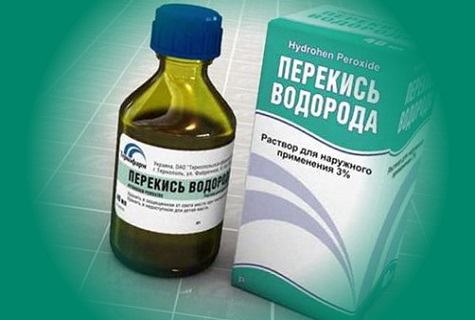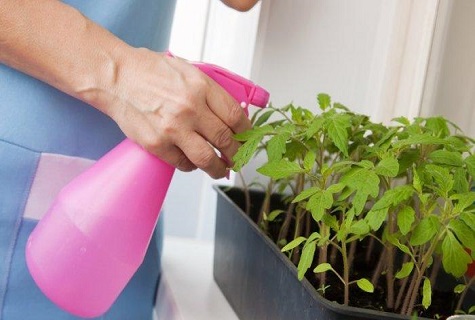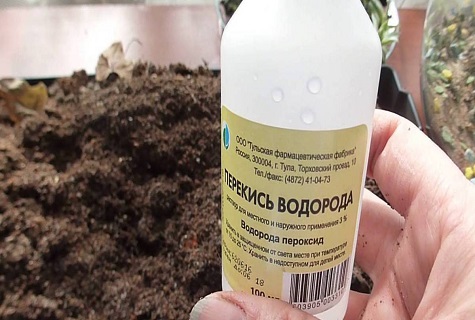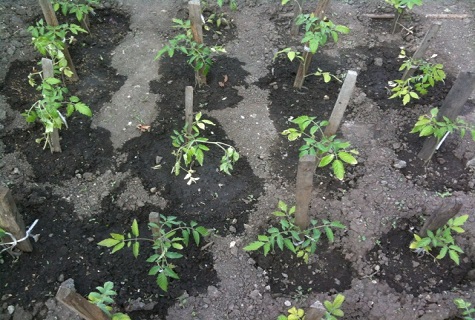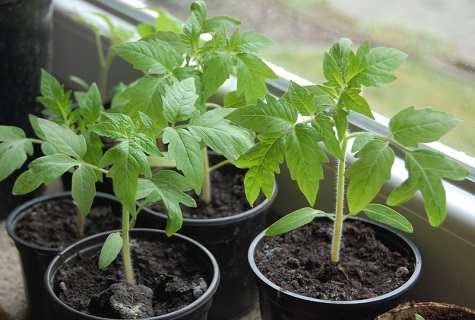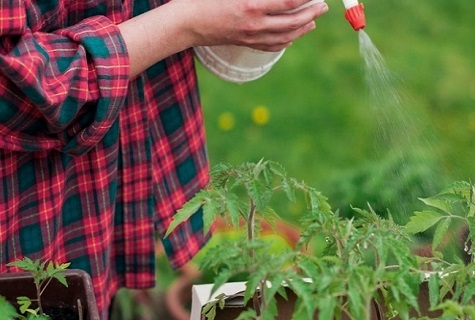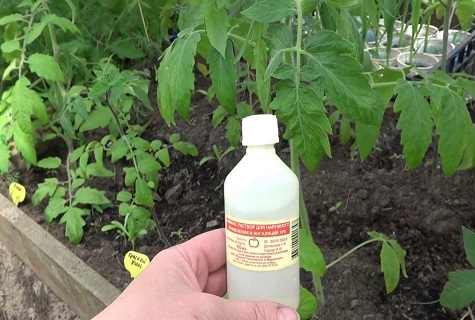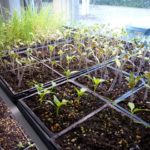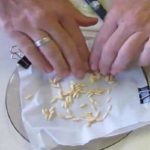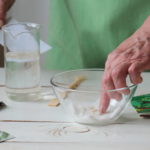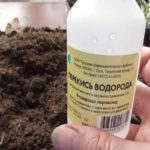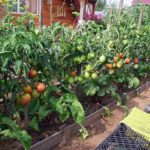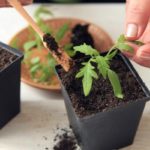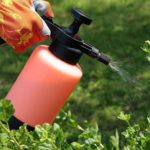What gardeners and gardeners don’t do to increase productivity or get rid of insects in their beds. Hydrogen peroxide is a super remedy for tomatoes. Unlike expensive drugs, which are sometimes completely ineffective, this product can be bought for pennies at any pharmacy.
Hydrogen peroxide for disinfection
Many people know that planting material must be disinfected before planting. Most often, iodine or potassium permanganate is used for this purpose. But you can treat tomato seeds with hydrogen peroxide.
According to scientists, crop seeds contain inhibitors.They are the ones who prevent the germination of planting material. In the natural environment, they are destroyed through the process of oxidation. But in agriculture, peroxide is used for this purpose. Tomato seeds are sprayed with a spray bottle of 1% hydrogen peroxide. You need to spray seeds that have already been sown in the soil. Thus, not only the inhibitors contained in the seeds are destroyed, but the entire soil is disinfected.
Another way to disinfect future seedlings. In a 10% peroxide solution, you need to soak the seeds for 25 minutes, then they should be washed under running water and dried on a radiator until free-flowing.
This product is also used as a growth stimulator for vegetable crops. Tomato planting material should be soaked for 12 hours in a 0.5% peroxide solution. After this time, the seeds are also washed in clean water and dried. This method of seed processing guarantees 100% germination.
Hydrogen peroxide for tomato seedlings is also used when treating the root system of tomatoes. But, in this case, all the thin roots will die, but no bacteria or fungi will remain on the rhizome itself.
Soil treatment before planting seedlings
The product has also found application in cultivating land in summer cottages. Most harmful insects prefer to overwinter in the soil. Therefore, before planting seedlings in open ground, it is recommended to disinfect the soil. The substrate should be watered with peroxide solution not only before planting seedlings, but also after harvesting.
For 4 liters of water you only need one bottle of product. Mix the solution thoroughly with a wooden stick, pour it into a watering can and pour over the dug up soil.Watering with an aqueous solution is carried out in autumn and spring, a few days before planting young seedlings in the beds.
Processing of seedlings and adult plants
When growing tomatoes, special attention should be paid to processing the bushes. Tomato seedlings are very weak, so they need additional growth stimulation. You can use chemicals as a stimulant, but you can do without them and try treating the seedlings with a peroxide solution.
To spray the bushes you need to take 1 liter of warm filtered water and dilute 1 tbsp in it. l. peroxide. Mix thoroughly and pour into a spray bottle; spraying is carried out constantly until the seedlings are transplanted into the ground. It is recommended to spray once a week. With this feeding, the seedlings begin to actively grow within a few days after the start of the procedure.
But not only young seedlings need a growth stimulator. Under certain factors, adult bushes can also grow poorly, have an unhealthy appearance and dry out. To solve this problem, you can use hydrogen peroxide. Wounds and fractures of stems can be disinfected. The broken area is lubricated with peroxide and sealed with latex.
This remedy also works well against fungal diseases. Dilute 25 ml of peroxide in 1 liter of water at room temperature and spray the resulting liquid onto the branches and leaves of tomatoes.
Peroxide can also cope with such a common disease of nightshade crops as late blight. Dilute a few drops of iodine (you can do without it) and 35 ml of peroxide in 1 liter of water. Spray the plants until all signs of late blight disappear.
Use as a fertilizer for tomatoes
Using hydrogen peroxide you can fertilize tomatoes. Dilute peroxide with water (3 liters per 50 ml of product) and water the tomato bushes with the resulting fertilizer. You can fertilize both young seedlings and adult bushes.
Watering seedlings with this product helps the rhizome better absorb microelements and macroelements. The released oxygen “eats” small roots and also destroys all pathogenic bacteria and fungi. Just remember that it is not advisable to water the foliage of plants. Feeding is done no more than once every 10 days.
When watering tomato seedlings in this way, you must follow a number of recommendations:
- Water must penetrate the ground to a depth of more than 15 cm;
- The need to use only warm water (not cold);
- When watering the bushes, the liquid should not fall on the tops and erode the soil around the holes;
You need to water the bushes early in the morning or late evening, when the sun has already set (if water the tomatoes when the sun is shining, they can get burned and die).

